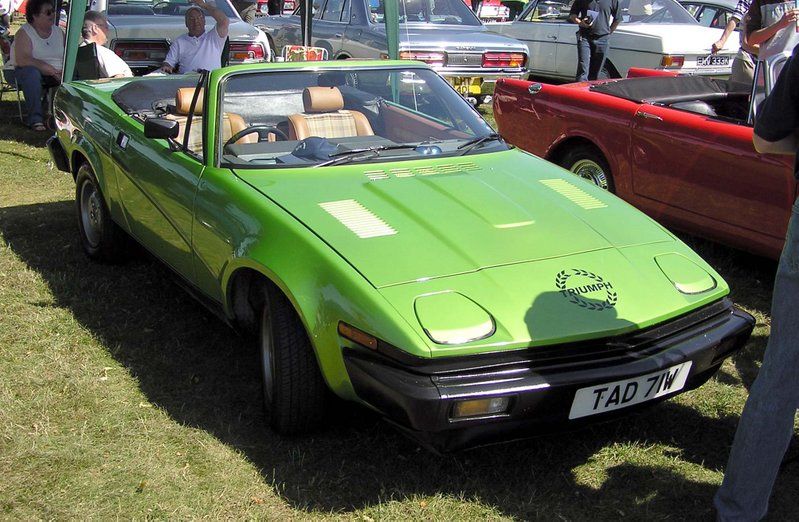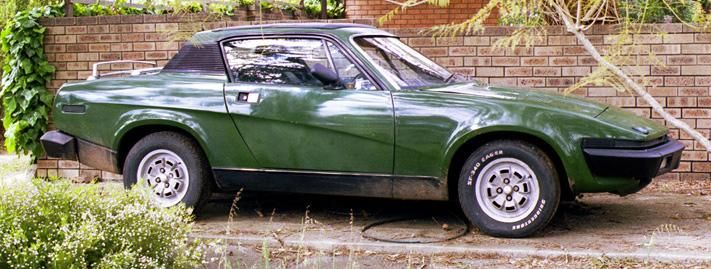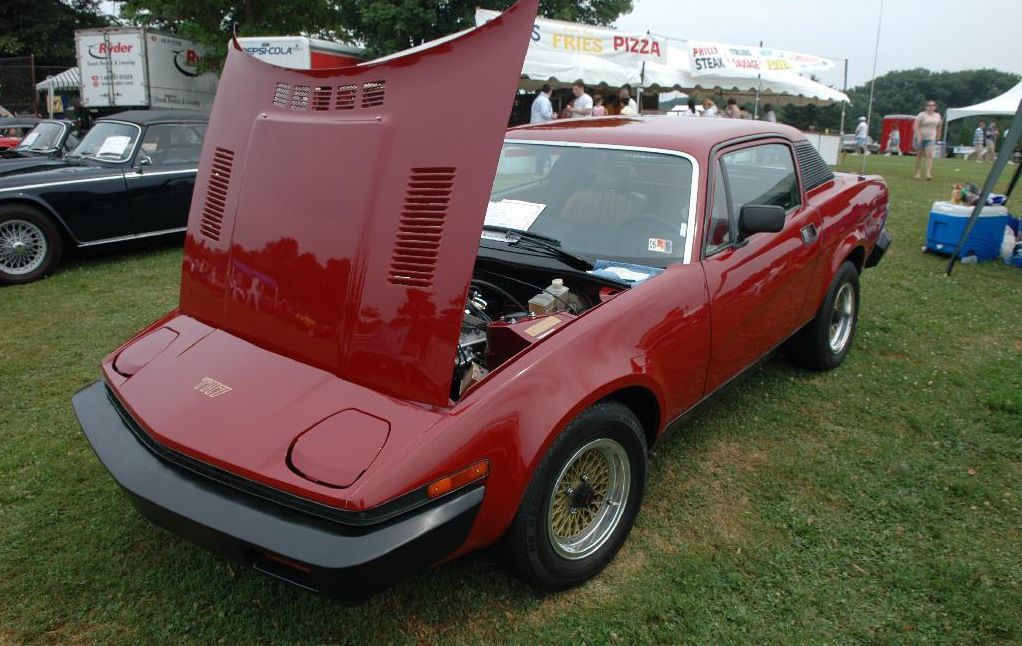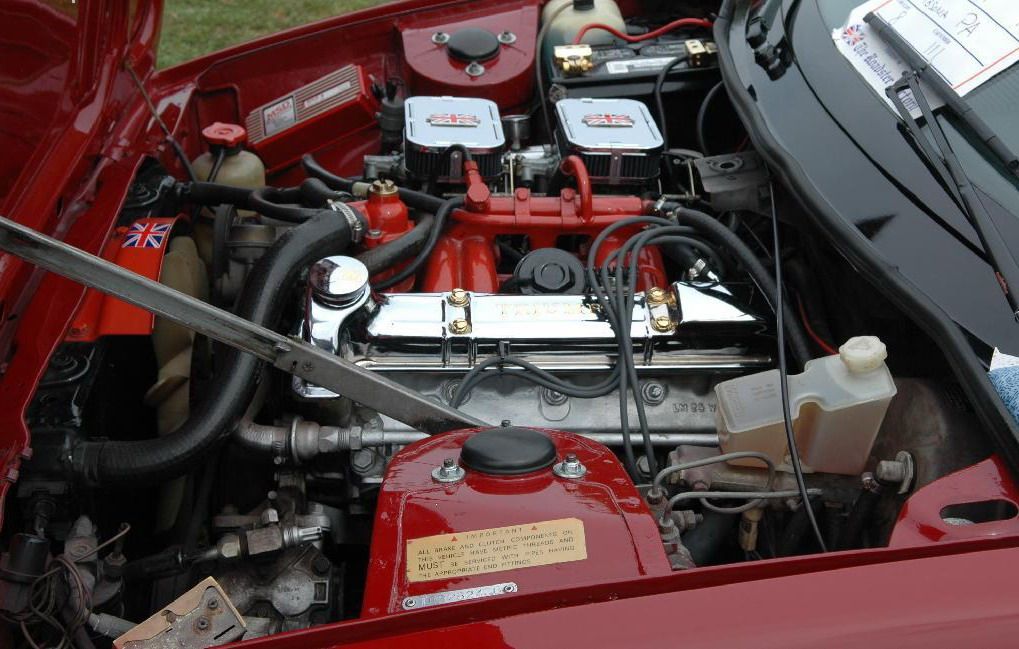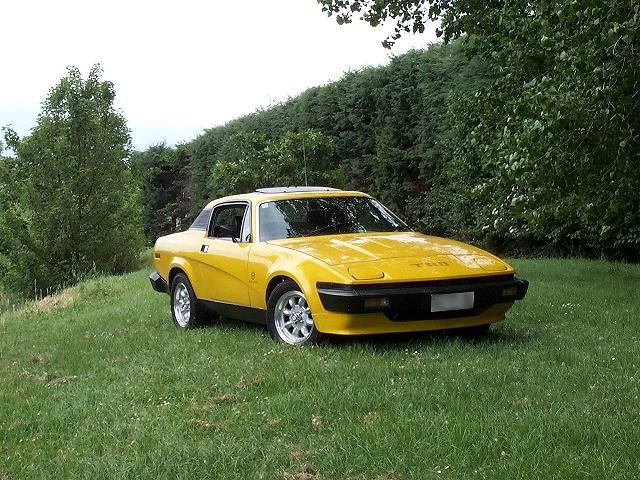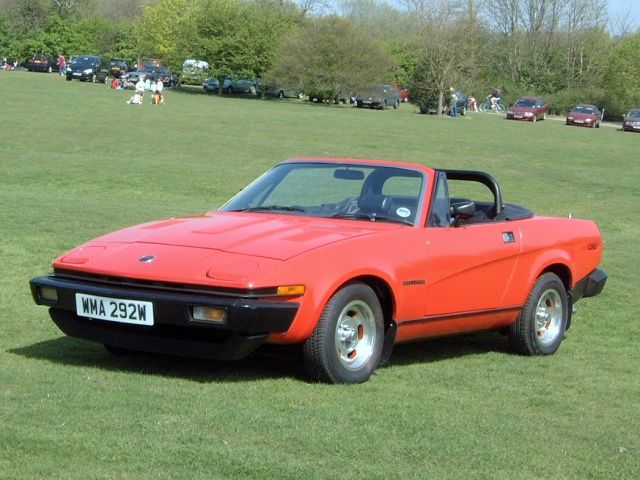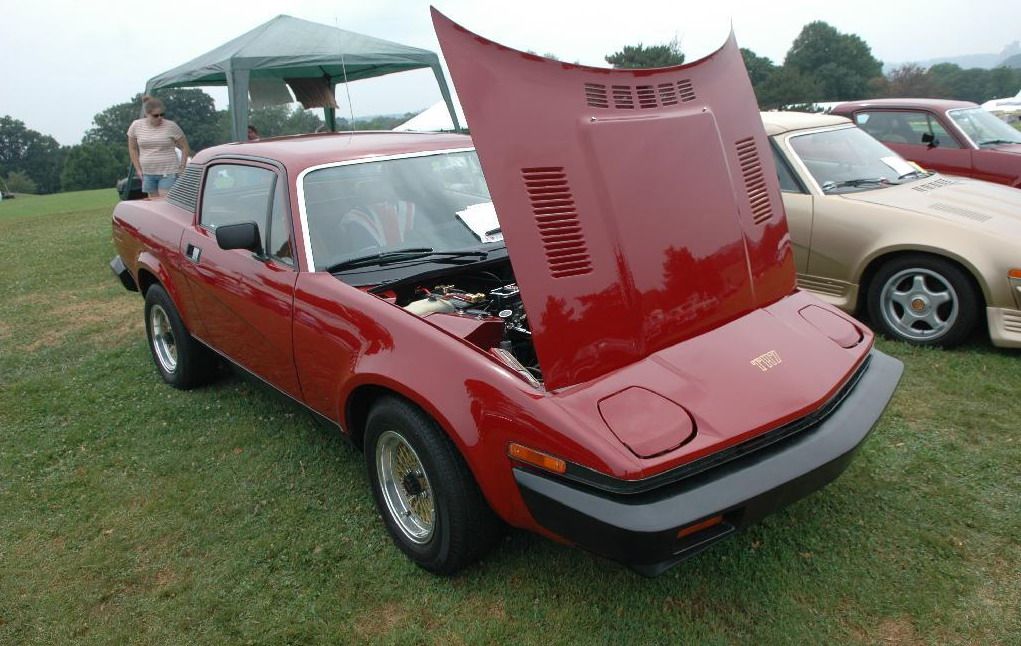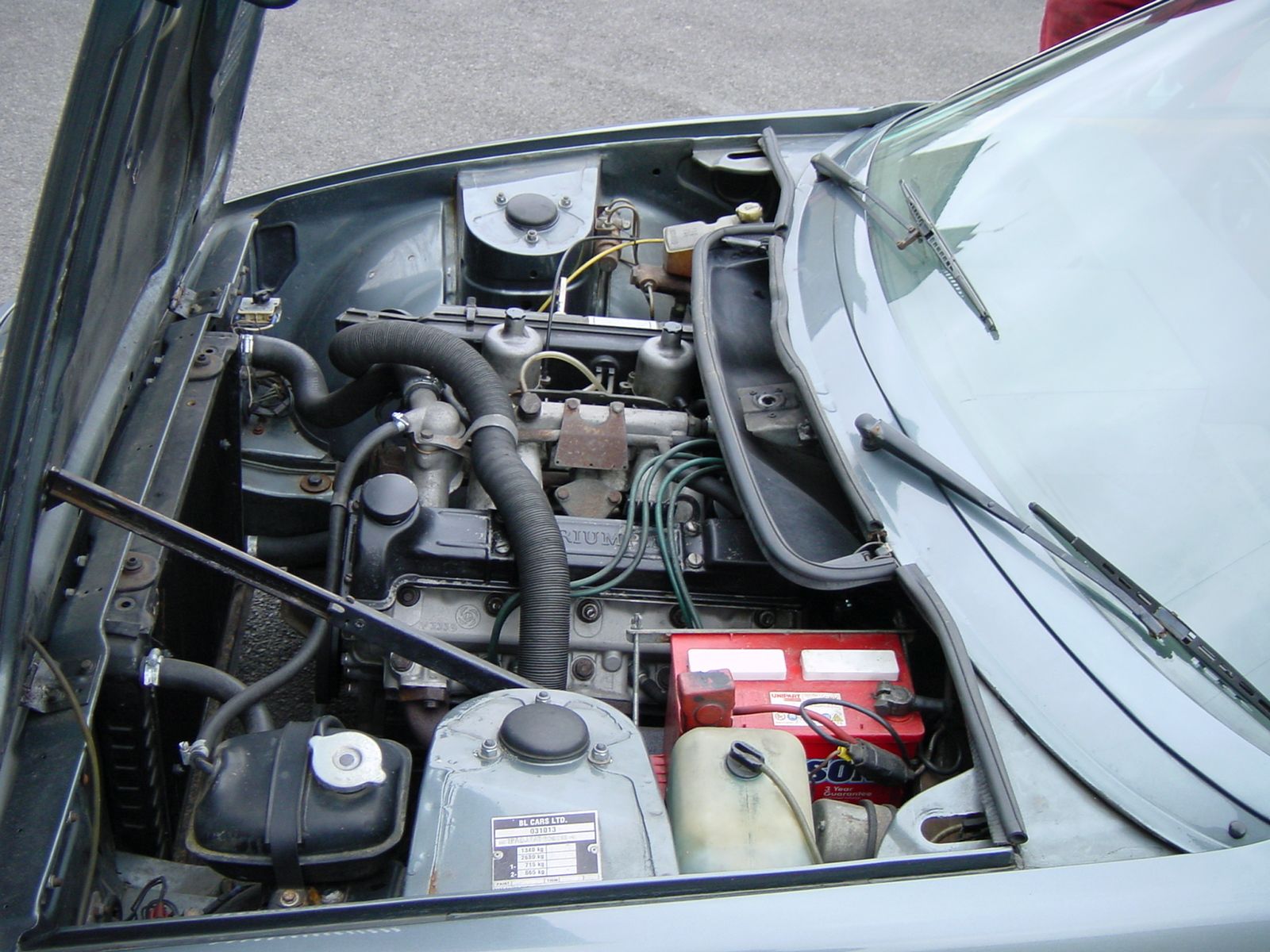The Triumph TR7 was a sports car manufactured from September 1974 to October 1981 by the Triumph Motor Company, part of British Leyland, in the United Kingdom. It was initially made at the Speke, Liverpool factory, moving to Coventry in 1978 and finally to the Rover plant in Solihull in 1980. The car was launched in the United States in January 1975, with the UK home market debut not following until May 1976. The UK launch was delayed at least twice because of high demand for the vehicle in the US.
1975 - 1981 Triumph TR7
- Make: Array
- Model: 1975 - 1981 Triumph TR7
- Engine/Motor: Inline-4
- Horsepower: 85@5000
- Torque: 102@3000
- Transmission: 5 Speed Manual
- [do not use] Vehicle Model: Array
The design was courtesy of Harris Mann who created what has been termed "wedge shape". It had been given the codename 'Bullet' while it was being designed, a name that was rather fitting due to its shape and characteristics.
The car had an overall length of 160 inches (406 cm), width of 66 inches (168 cm), wheelbase of 85 inches (216 cm) and height of 49.5 inches (126 cm). The coupé had a kerbside weight of 2005 pounds (1000 kg).
Power was provided by a 105 bhp (78KW) (92 bhp in the North American version) 1998cc 8-valve four-cylinder engine which shared the same basic design as the Triumph Dolomite Sprint engine mounted in-line at the front of the car. There were plans to directly use the Sprint engine in the TR7 and at least 25 pre-production cars were made but no production cars were built or sold.
Drive was to the rear wheels via a four-speed gearbox initially with optional five-speed gearbox or three-speed automatic from 1976. The front independent suspension used coil spring and damper struts and lower single link at the front, and at the rear was a four link system again with coil springs. There were front and rear anti roll bars. The cars had disc brakes at the front and drums at the rear.
Production continued until 1981 with 112,368 examples created. The TR7 was replaced by the TR8. There were 2,722 examples of the TR7 created the same time the TR8 had been in production.
The demise of the TR7, in 1981, also saw the end of the British sports car - until the revival of the MG (with the MGF) in the mid 1990's. And so it looks as if the Triumph/MG debate has come full-circle. In the early 1970's many meetings/discussions at British Leyland revolved around whether the 'bullet' would emerge under the badge of MG or that of Triumph.

